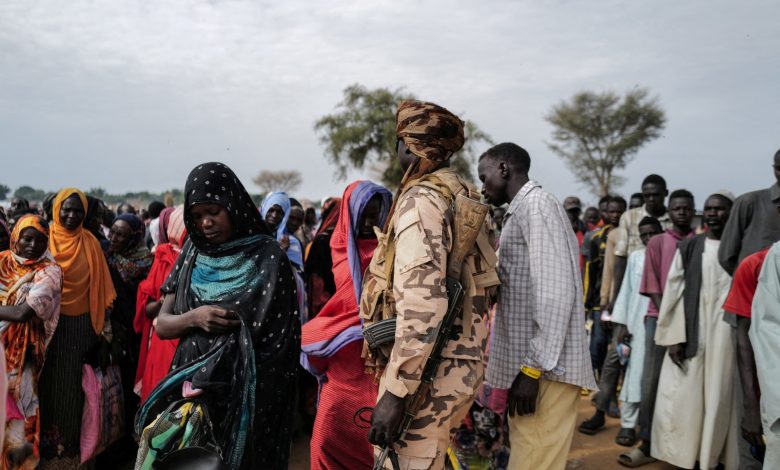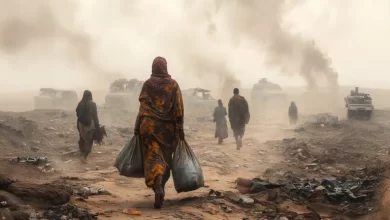When did the crisis in Sudan begin?

Sudan Events – Agencies
Before the current conflict, Sudan had already been grappling with violence and displacement since the onset of the Darfur crisis in 2003. Sudan was home to more than 1 million refugees — the second-highest refugee population in Africa — most of whom were from South Sudan and Northern Ethiopia, with many fleeing conflict in Tigray.
The recent fighting between the SAF and RFS occurred when Sudan was already experiencing its highest levels of humanitarian need in a decade.
The removal of long-time authoritarian leader Omar al-Bashir in 2019 had initially sparked great optimism for a return to civilian rule in Sudan. But, a military coup two years later dissolved the transitional civilian government, triggering political and economic turmoil and reigniting intercommunal conflicts.
Sudan has also been heavily impacted by severe weather events linked to climate change, including floods and droughts. These events have adversely affected hundreds of thousands of individuals throughout the country, leading to crop and livestock destruction and exacerbating food insecurity for families.
Since the recent clashes began on April 15th, the humanitarian situation has deteriorated. Half of Sudan’s population – some 25 million people – need humanitarian assistance and protection. The country is facing extreme shortages of food, water, medicine and fuel and nearly 18 million people are facing acute food insecurity.
The lack of basic necessities, combined with violence and uncertainty, has forced many people to flee their homes.
As of February 2024, nearly 8 million people have been displaced. This includes more than 6 million people displaced within Sudan and more than 1.5 million people who fled to neighboring countries.
Chad has received the largest number of people (553,150), followed by Egypt (450,000 ), South Sudan (114,174), Ethiopia (31,745) and Central African Republic (22,059). In South Sudan, most of those arriving are returning nationals who had been living in Sudan as refugees.
Without a resolution to the crisis, hundreds of thousands more people will be compelled to flee in search of refuge and basic assistance.
Attacks on healthcare facilities, equipment and workers are further depriving women and girls of lifesaving care, with pregnant women hardest hit, according to the World Health Organization and UNFPA.
UNHCR emergency teams are tirelessly working with authorities, partners and other UN agencies to provide support to newcomers, establish transit centres for rest and access to essential protection services, and distribute emergency supplies such as blankets, soap and mosquito nets.
Inside Sudan, UNHCR is assisting both refugees and internally displaced people with shelter, non-food items and protection, as the security situation allows. UNHCR is also supporting education programming for children who have been displaced.
UNHCR is urgently calling on the international community for funding to respond to the mounting crisis.
“The needs are vast, and the challenges are numerous,” says Raouf Mazou, UNHCR’s Assistant High Commissioner for Operations. “If the crisis continues, peace and stability across the region could be at stake.”



